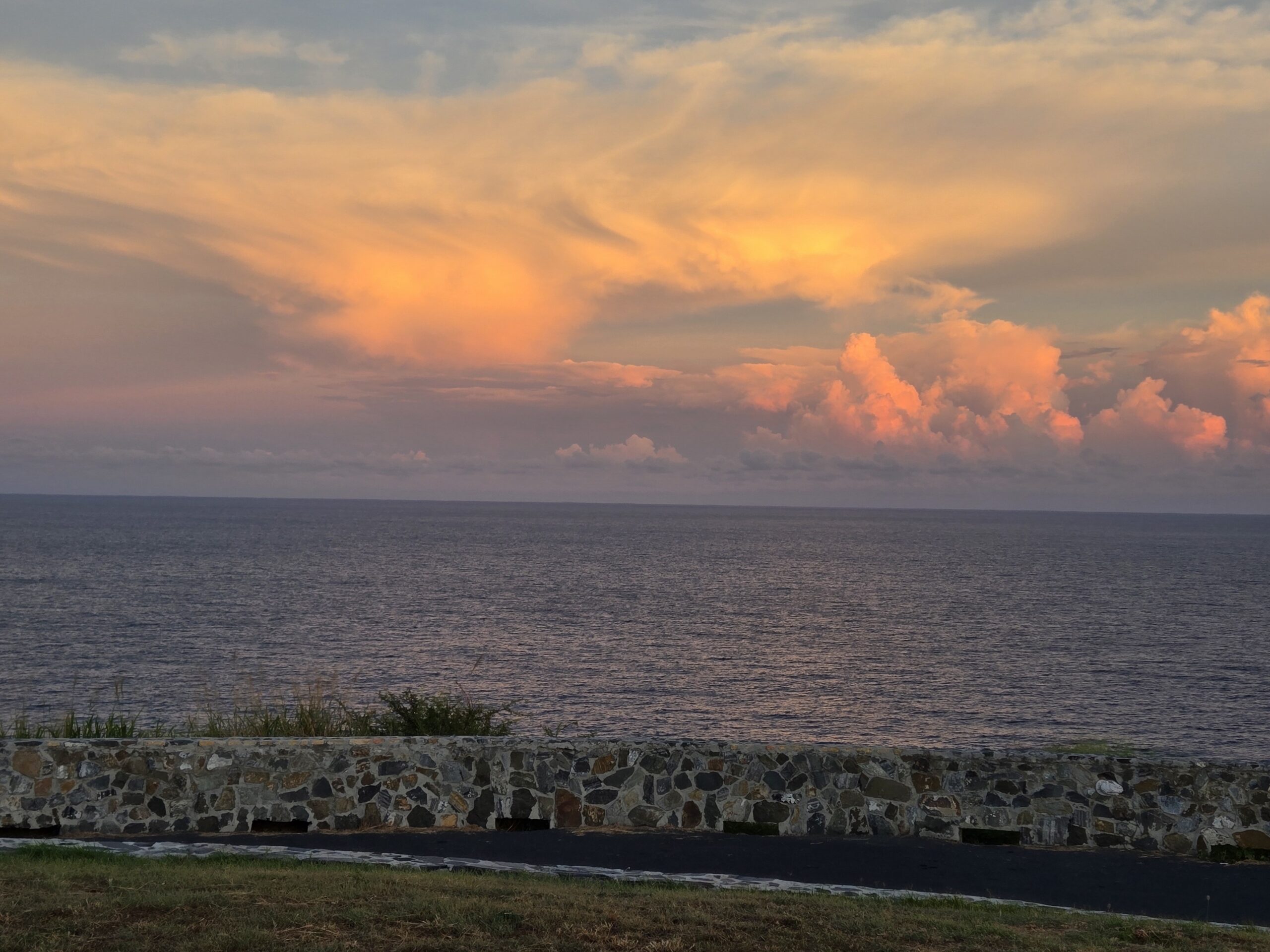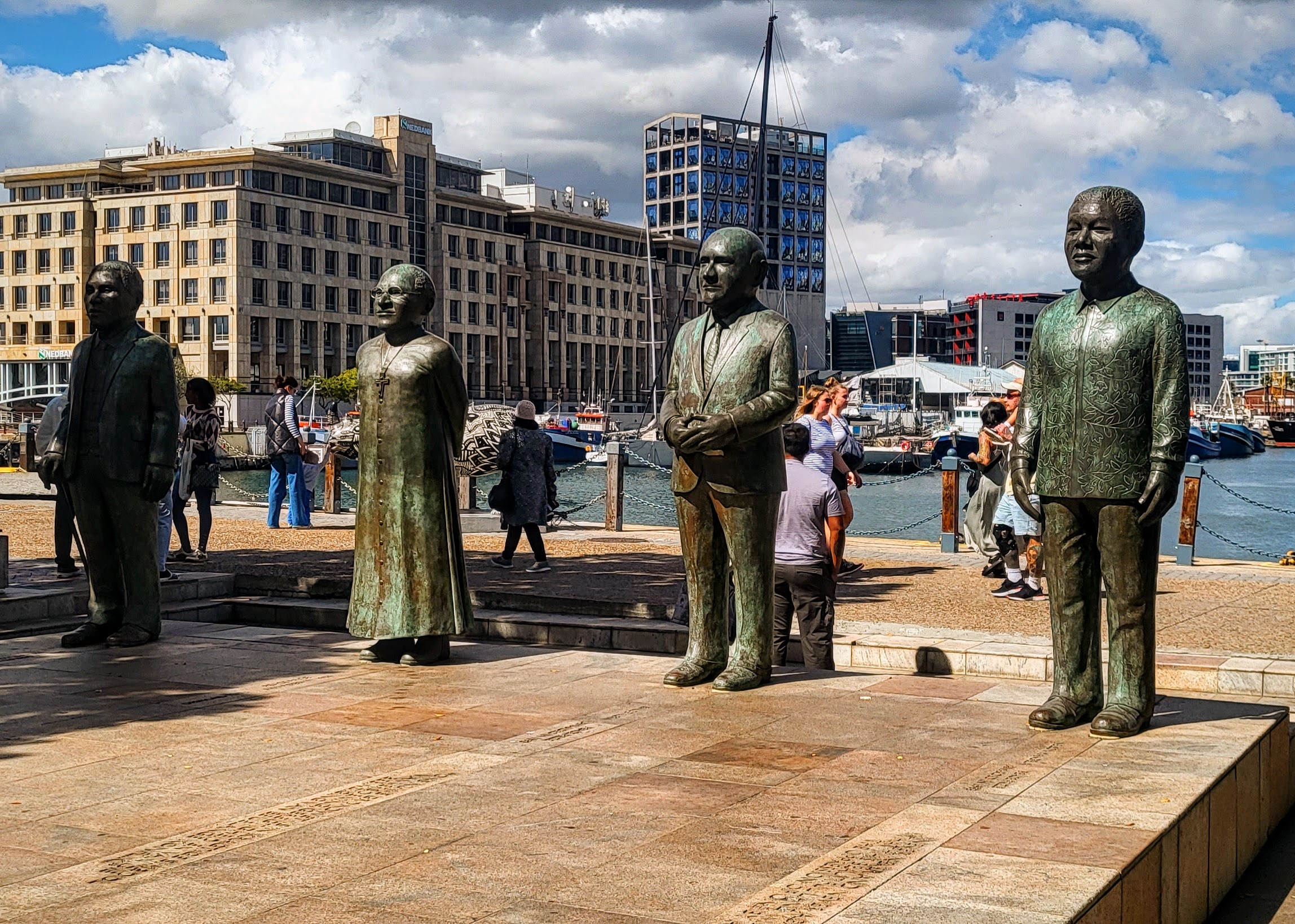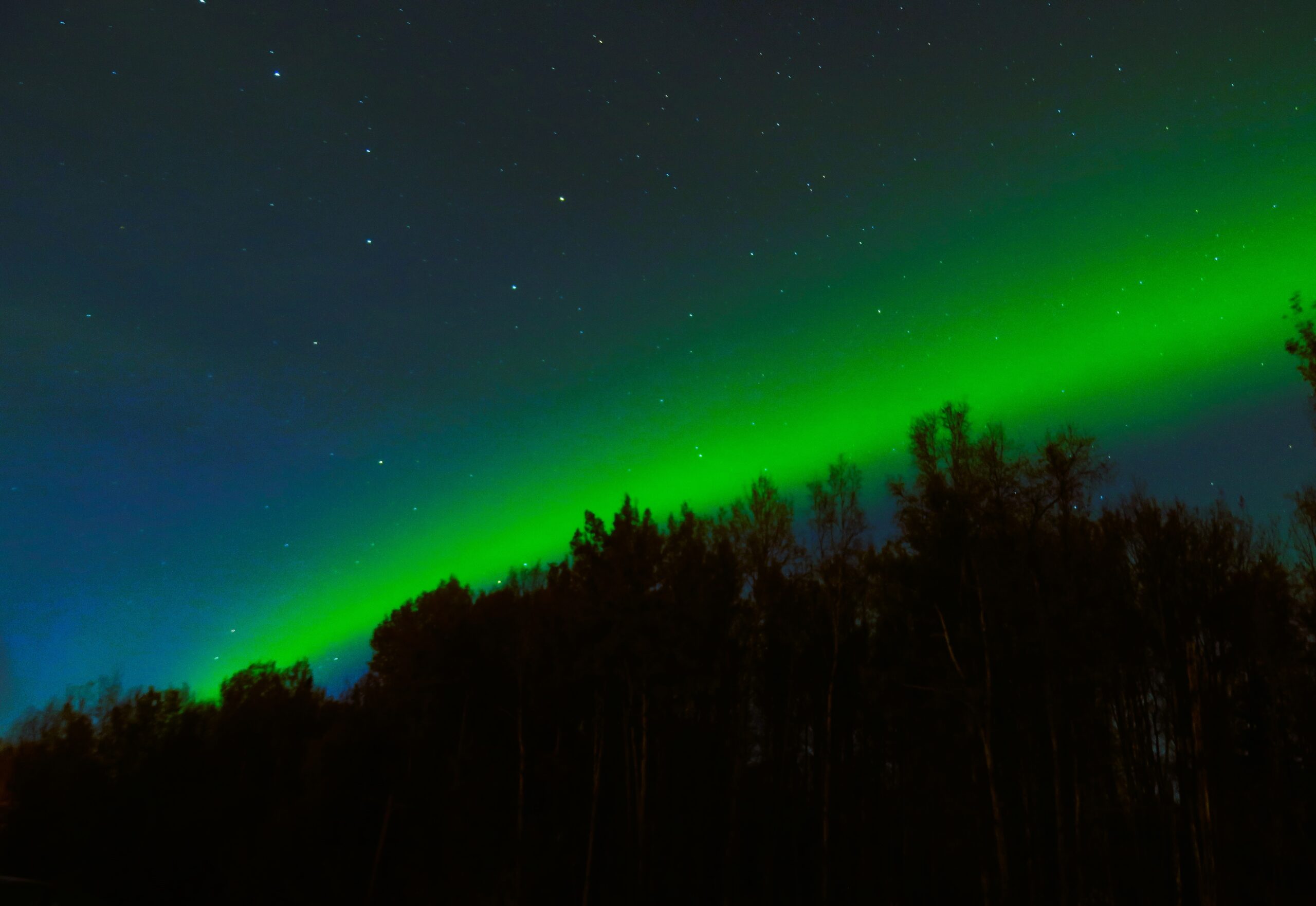HOW A FOUNDING FATHER LOST HIS NAME
A version of this story was published in GoWorldTravel, you can read it here: Paradise With a Past: Discovering St. Croix’s Colonial Heritage
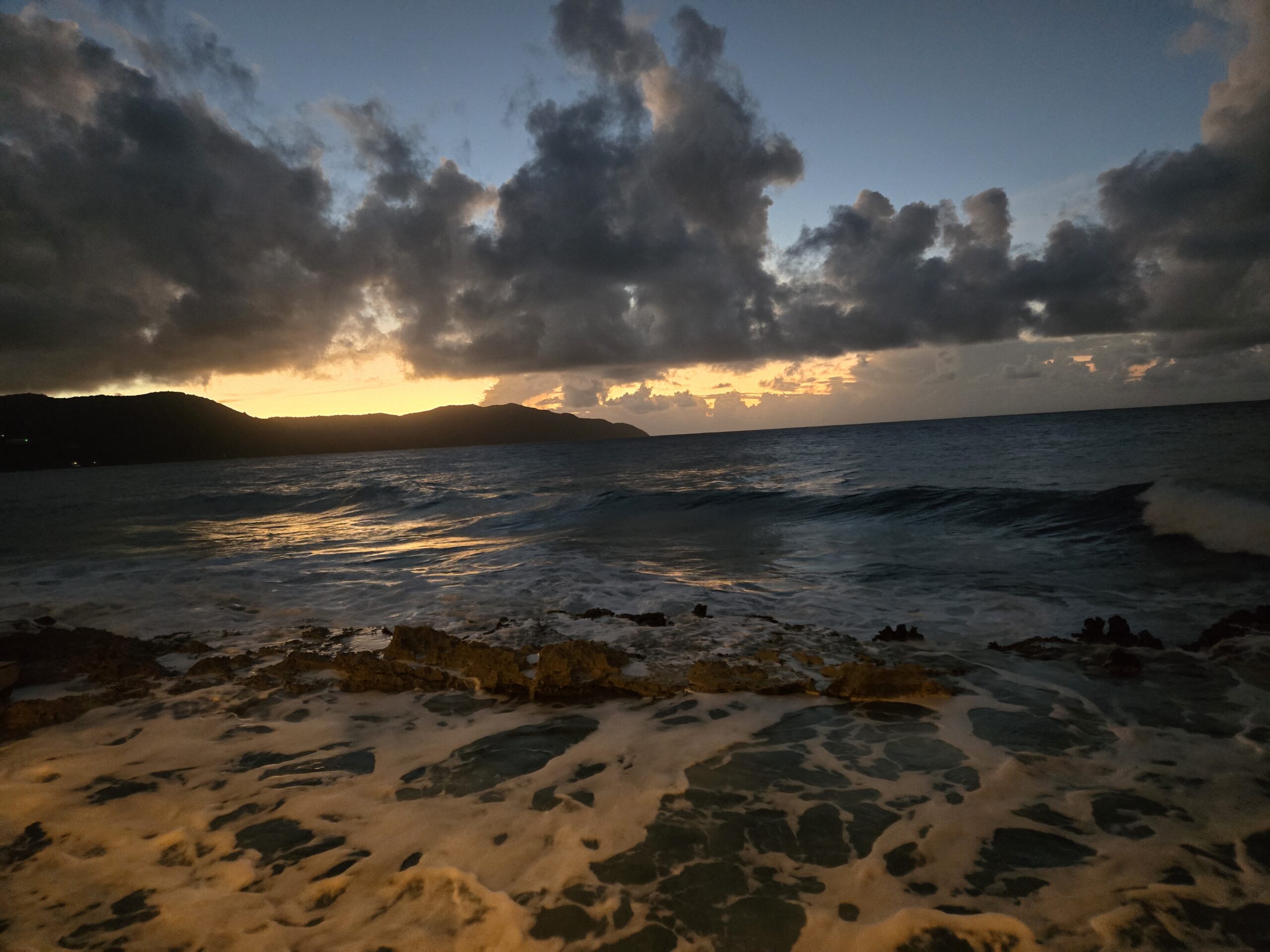
Sunset at Cane Bay, St. Croix
As I stepped out of the airport in St. Croix, U.S. Virgin Islands, I was momentarily confused. My ticket read “Alexander Hamilton Airport,” but the sign before me said “Henry E. Rohlsen Airport.” A quick search in my hotel room revealed that the name had been changed in 1996 by the legislature to honor Henry E. Rohlsen, a St. Croix native and one of the Tuskegee Airmen during World War II.
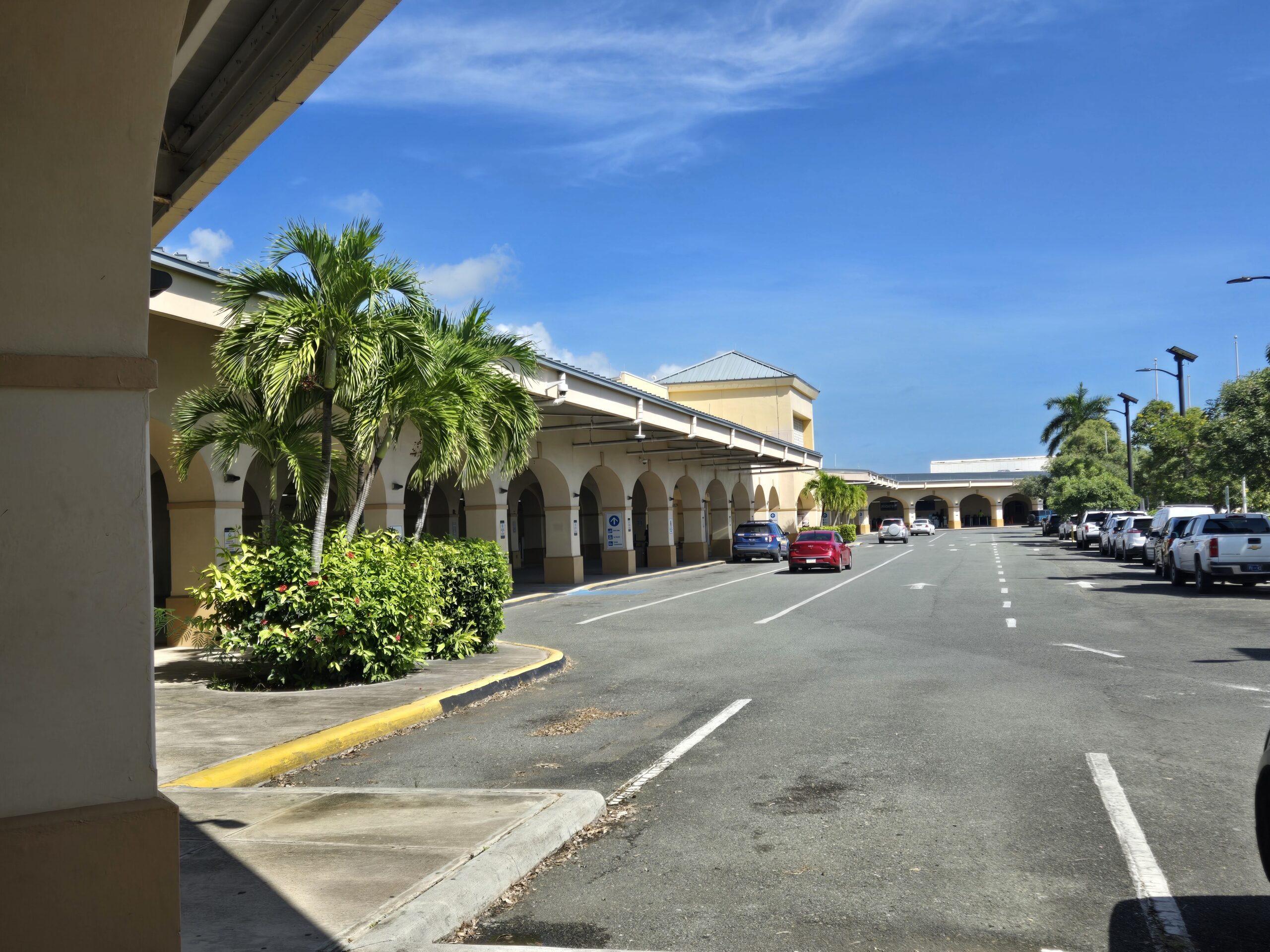
Henry E Rohlsen Airport, St, Croix – formerly Alexander Hamilton Airport
I had known that Hamilton came to the U.S. mainland from the Caribbean, thanks to Lin-Manuel Miranda’s blockbuster musical, but I hadn’t realized his deep connection to this island. Intrigued, I delved into the fascinating story of his early years.
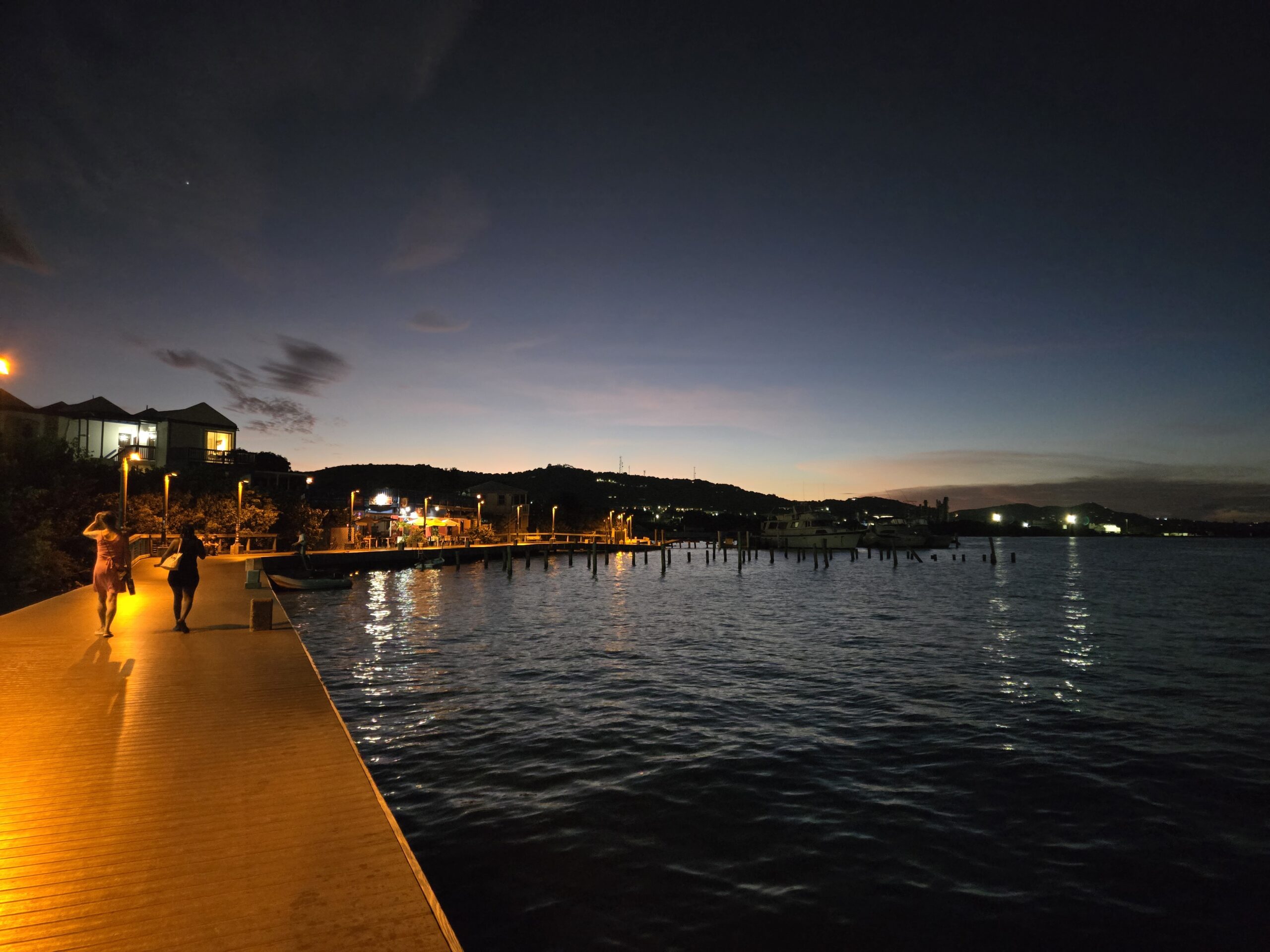
Christiansted today
Hamilton’s Early Life on St. Croix
Alexander Hamilton, one of America’s founding fathers, spent eight formative years in St. Croix. The island’s name originates from the French “Sainte-Croix,” and it was purchased by the U.S. from Denmark in 1917. When Columbus arrived here on his second voyage in 1493, the island was inhabited by indigenous people, but they were eventually wiped out as the island changed hands between the English, French, and Dutch before the Danish West India Company purchased it in 1733.
During Hamilton’s time, St. Croix was a hub of sugar and cotton plantations, supported by the labor of thousands of enslaved Africans. Though Denmark abolished the transatlantic slave trade in 1792, enslaved individuals were only freed following a revolt in 1848. Today, abandoned sugar mills stand as silent witnesses to the island’s dark past.

An old restored sugar mill
Rachel Lavien and Young Hamilton’s Struggles
Hamilton’s mother, Rachel Lavien, fled an abusive marriage in 1750, spending time in jail before escaping to St. Kitts. There, she met and fell in love with a Scottish trader, James Hamilton. The couple had two sons, James Jr. and Alexander, and moved to St. Croix in 1765 for James’s work.
Tragedy soon struck. James Hamilton abandoned the family in early 1766, forcing Rachel to rent a small home on Company Street, where she ran a plantation supply store from the ground floor. In 1768, both Rachel and young Alexander contracted yellow fever. He survived; she did not.
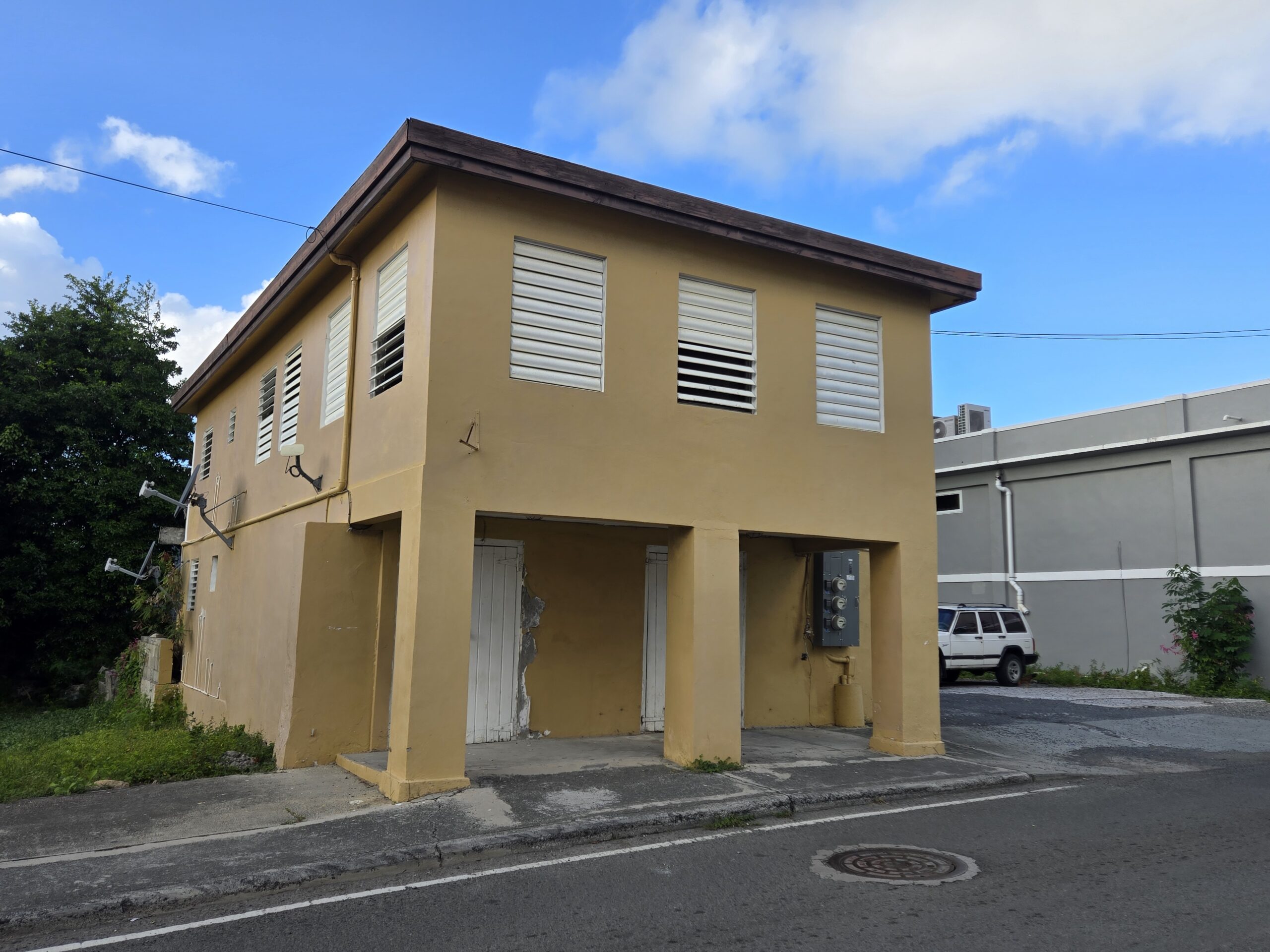
House on Company Street, where the young Hamilton lived with his mother and brother
At just thirteen, Alexander was orphaned. He and his older brother were separated—James Jr. was apprenticed to a carpenter, while Alexander was taken in by a merchant. By eleven, he had already been working as a clerk at Beekman and Cruger, an import-export firm. A self-educated and avid reader, he wrote a compelling essay about a devastating hurricane in 1772. Published in the Royal Danish-American Gazette, the essay impressed local benefactors, who raised funds for his education in the American colonies. He sailed to New York via Boston, attended boarding school, and later enrolled at King’s College (now Columbia University).
Hamilton’s Legacy and St. Croix Today
In mainland America, Hamilton befriended General Lafayette and Rochambeau, became George Washington’s aide, and played a pivotal role in shaping the nation. He was a delegate at the 1787 Constitutional Convention, co-authored The Federalist Papers, and served as the first Secretary of the Treasury.
Despite his deep ties to St. Croix, there are no official plaques or historical markers commemorating Hamilton’s time on the island. However, I retraced his steps in my own self-guided tour:
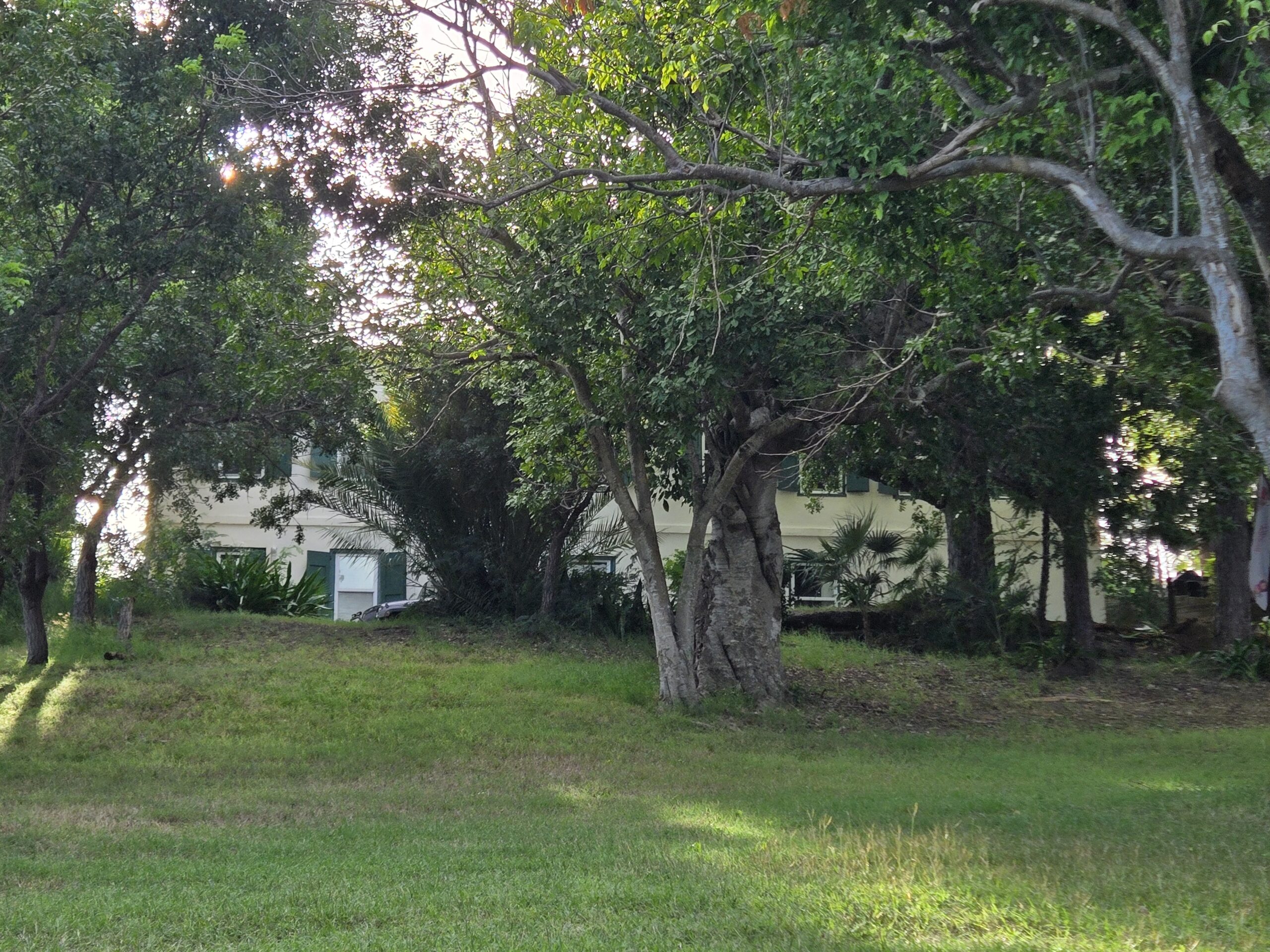
Estate Grange today
- Estate Grange: This privately owned, well-maintained plantation estate once belonged to Hamilton’s maternal relatives. Rachel Lavien’s grave is here, her headstone simply stating: Rachel Fawcett Levine 1730-1768: She was the mother of Alexander Hamilton.
- Fort Christiansvaern: Located in Christiansted, this Danish fort, now a National Historic Site, was where Rachel was imprisoned after fleeing her first husband.
- Company Street: The site of Hamilton’s childhood home is still there, though the building at 34 Company Street is in poor condition, unmarked and difficult to locate.
- 7 King Street: This well-preserved building housed Beekman and Cruger, where young Hamilton worked as a clerk.
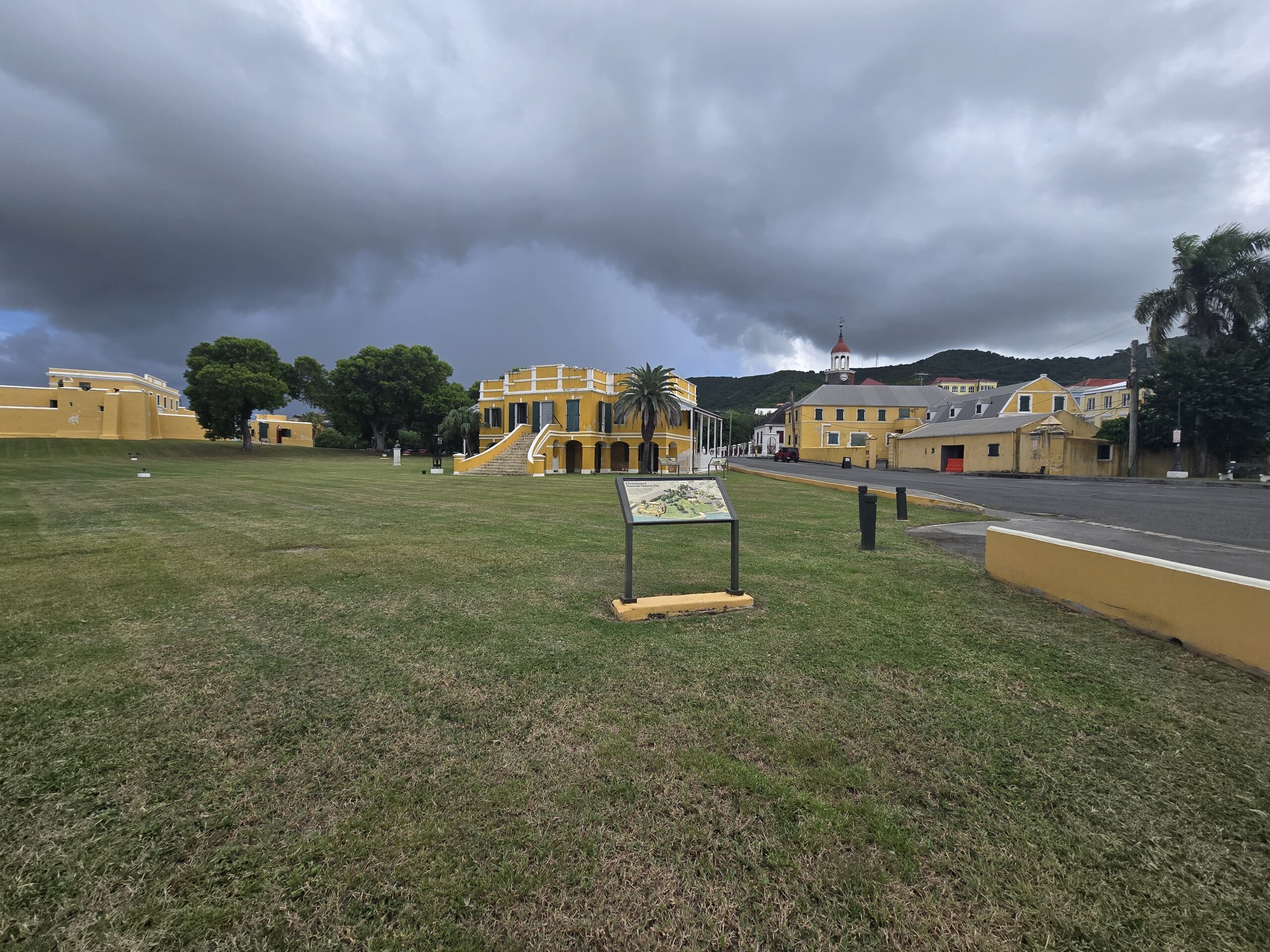
Fort Christiansvaern – National Historic site, where Hamilton’s mother was incarcerated

The building at 7 King Street, Christiansted, where a young Hamilton clerked at Beekman and Cruger
While no museums or guided tours honor his early years, standing in front of the weathered buildings where he lived and worked offers a powerful glimpse into his struggles. The Sunday market run by enslaved individuals was just half a block from his home. His job in the mercantile firm exposed him to international trade and finance, shaping his views on a standardized currency and economic policy.
A Lasting Presence
Though no landmarks bear his name on the island, and the airport was renamed, Hamilton’s presence in St. Croix endures. Close your eyes, step back in time, and you can almost see him—an ambitious, determined boy walking the same streets, overcoming obstacles that would one day shape a nation.
If you decide to go: St. Croix today
The best time to visit is in the cooler months from November to February, but that is also the time when it’s most crowded. St. Croix is a 3 hour flight from Miami or a short hop from the more touristy St. Thomas. Most of the bars, restaurants and shops are in Christiansted. There are a few resorts on the northern coast. The best beaches are on the northern and western shore. Swimming, snorkeling and scuba diving are popular, as is hiking in the rainforest. The 2 rum distilleries on the island offer daily tours. Point Udall at the eastern end, is the easternmost point in the US. Buck Island nearby is accessible by boat and is a national monument and nature preserve and offers snorkeling in coral grottoes. Salt River Bay National Park near the Columbus Landing site has a fascinating prehistoric archaeological site and is popular for night kayaking to see the bioluminescent bay.
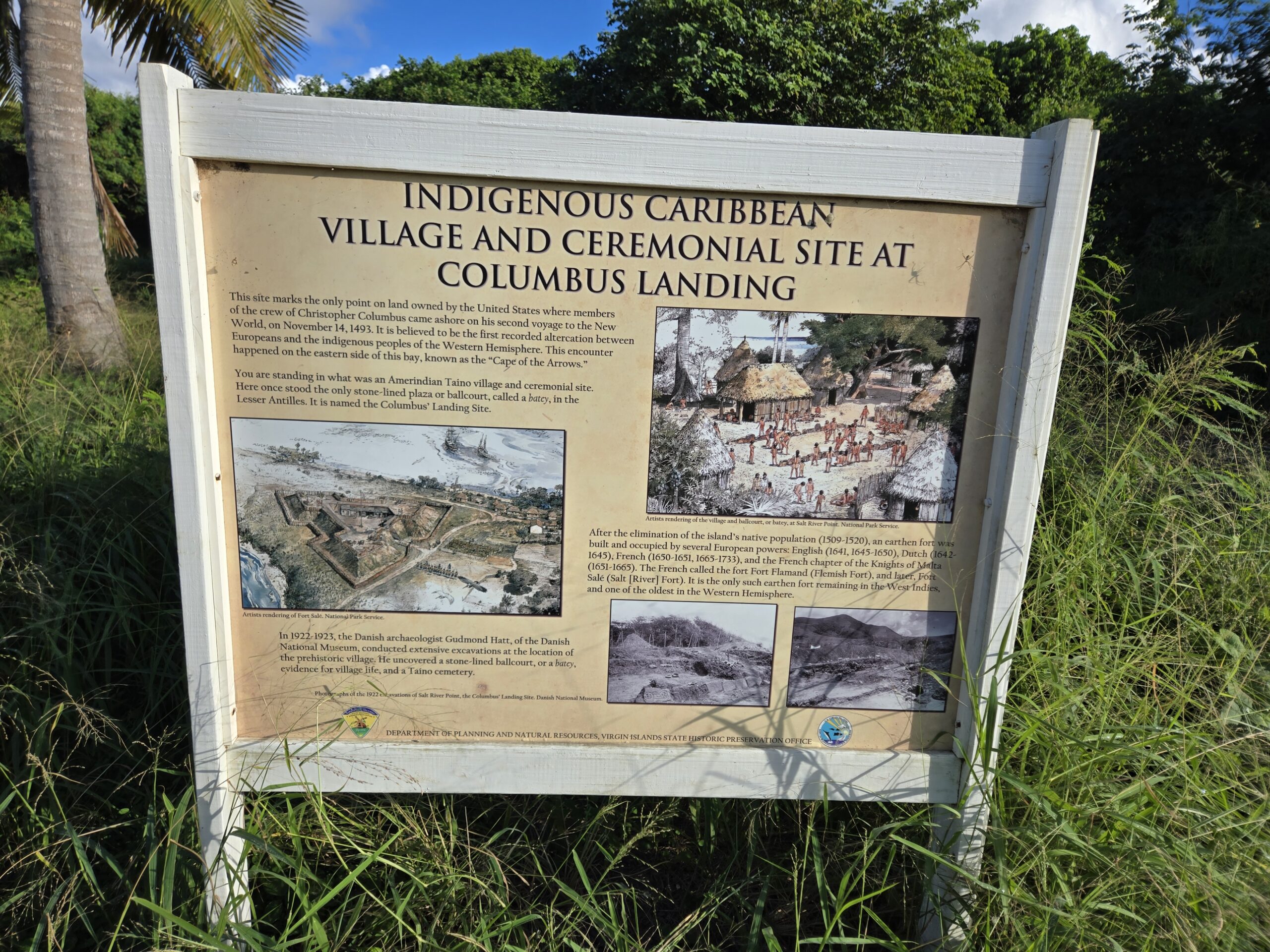
Columbus Landing Site
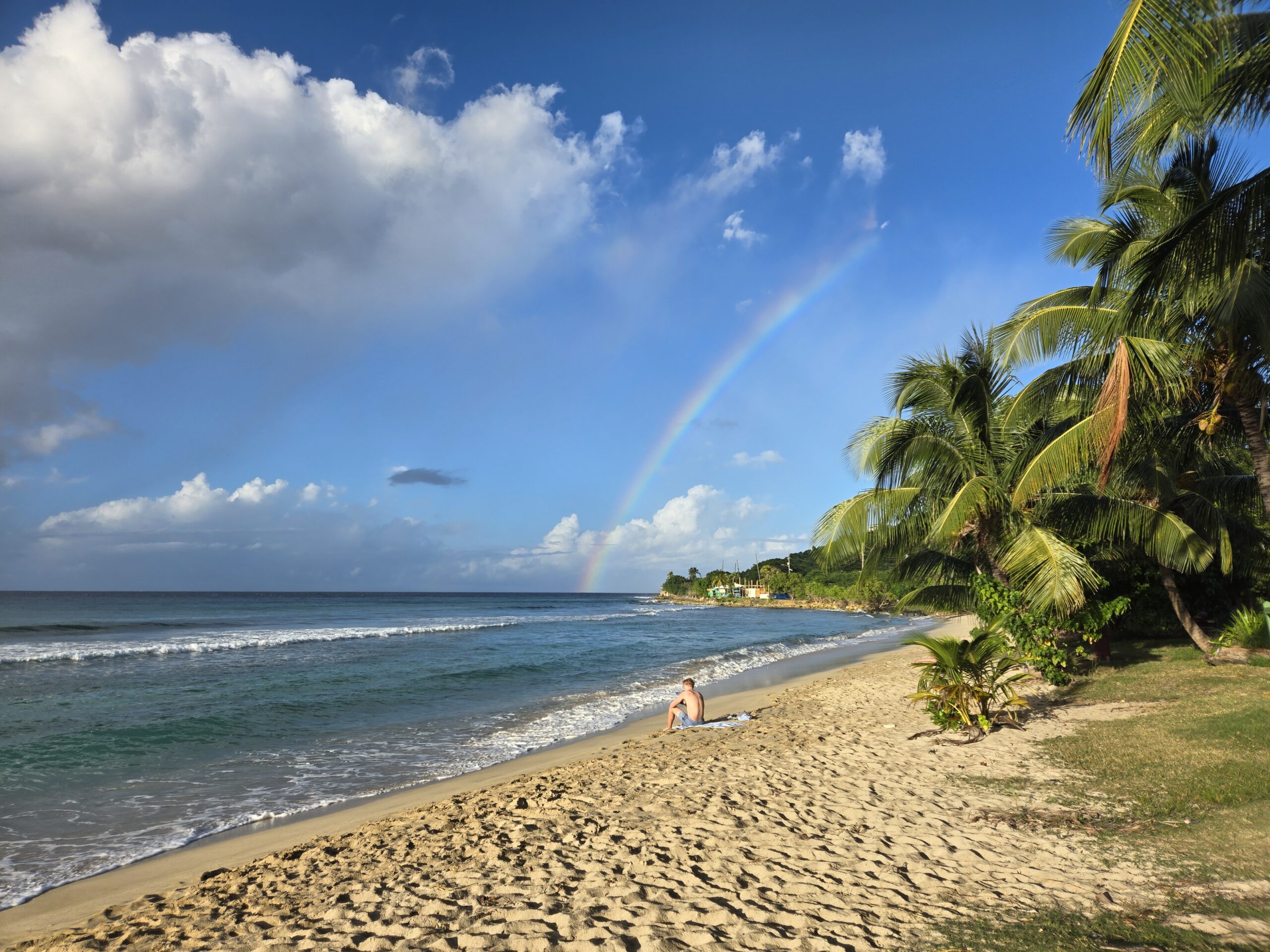
A beach on the north side of the island
Also remember that the US Virgin Islands are the only places in the USA that you have to drive on the left side of the road.
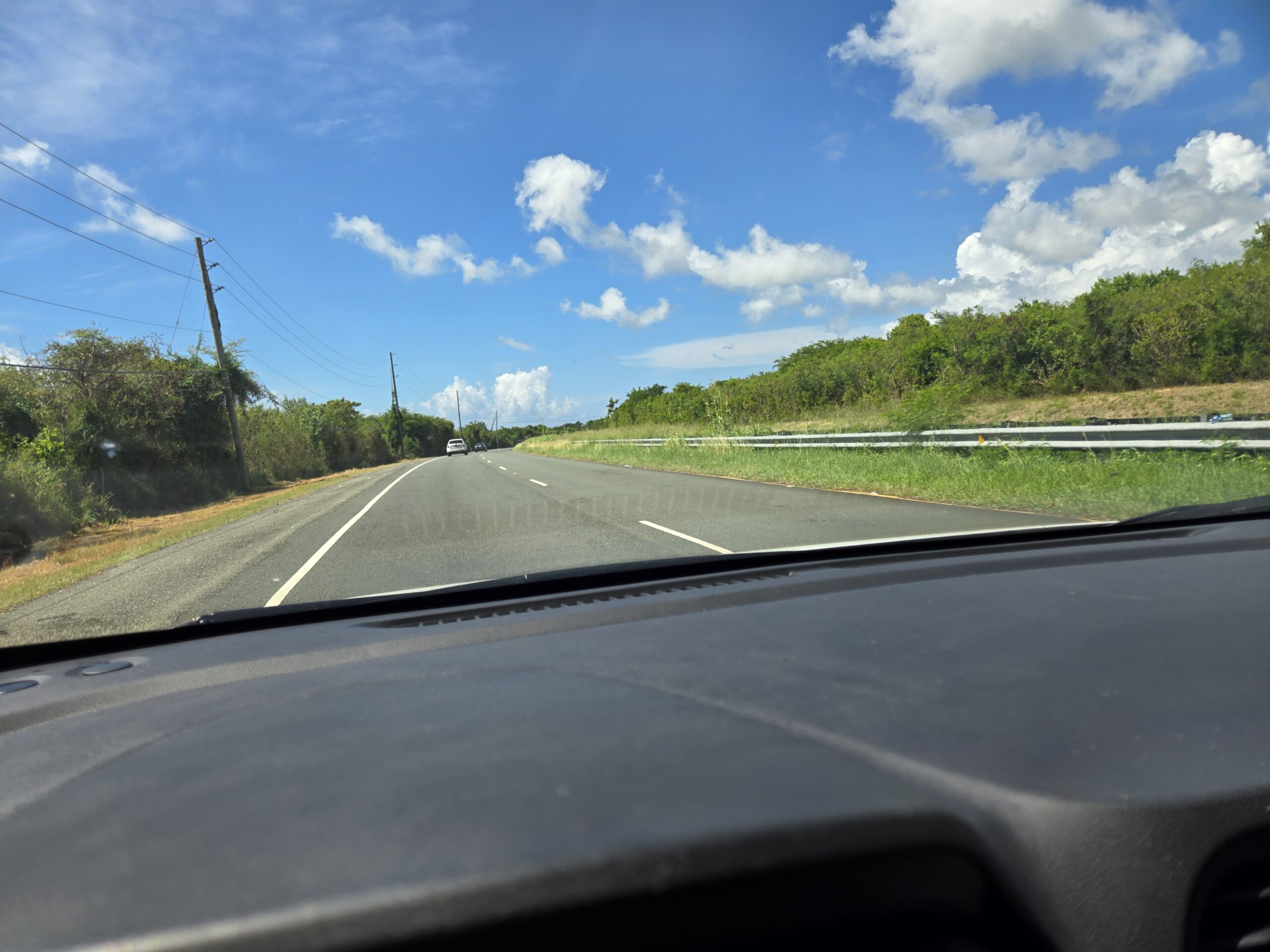
Remember to drive on the left in the US Virgin Islands
